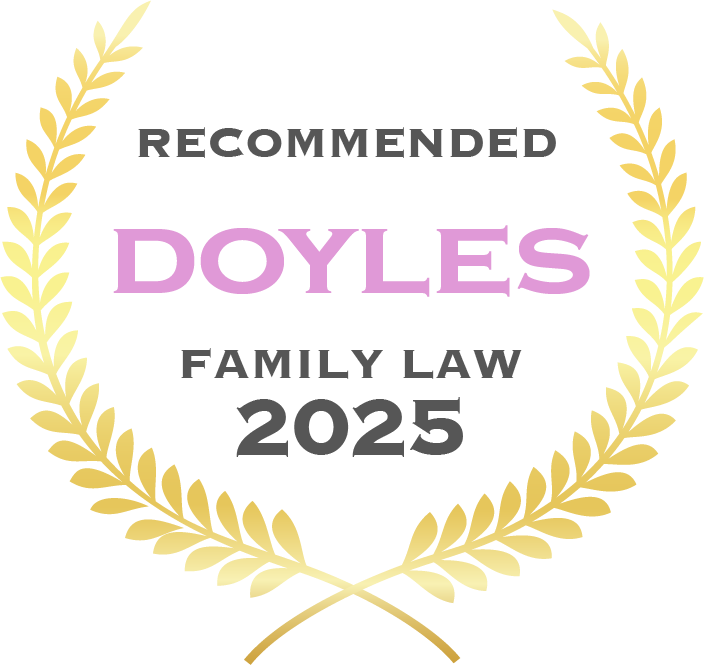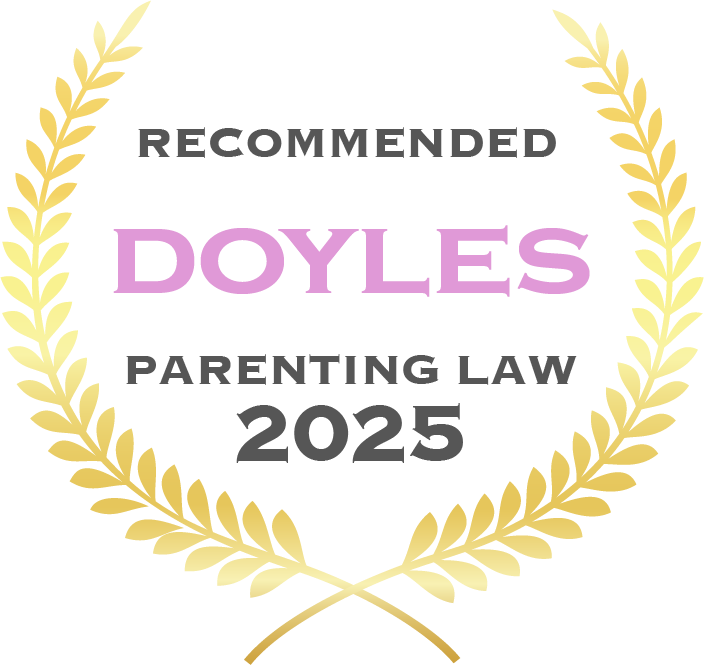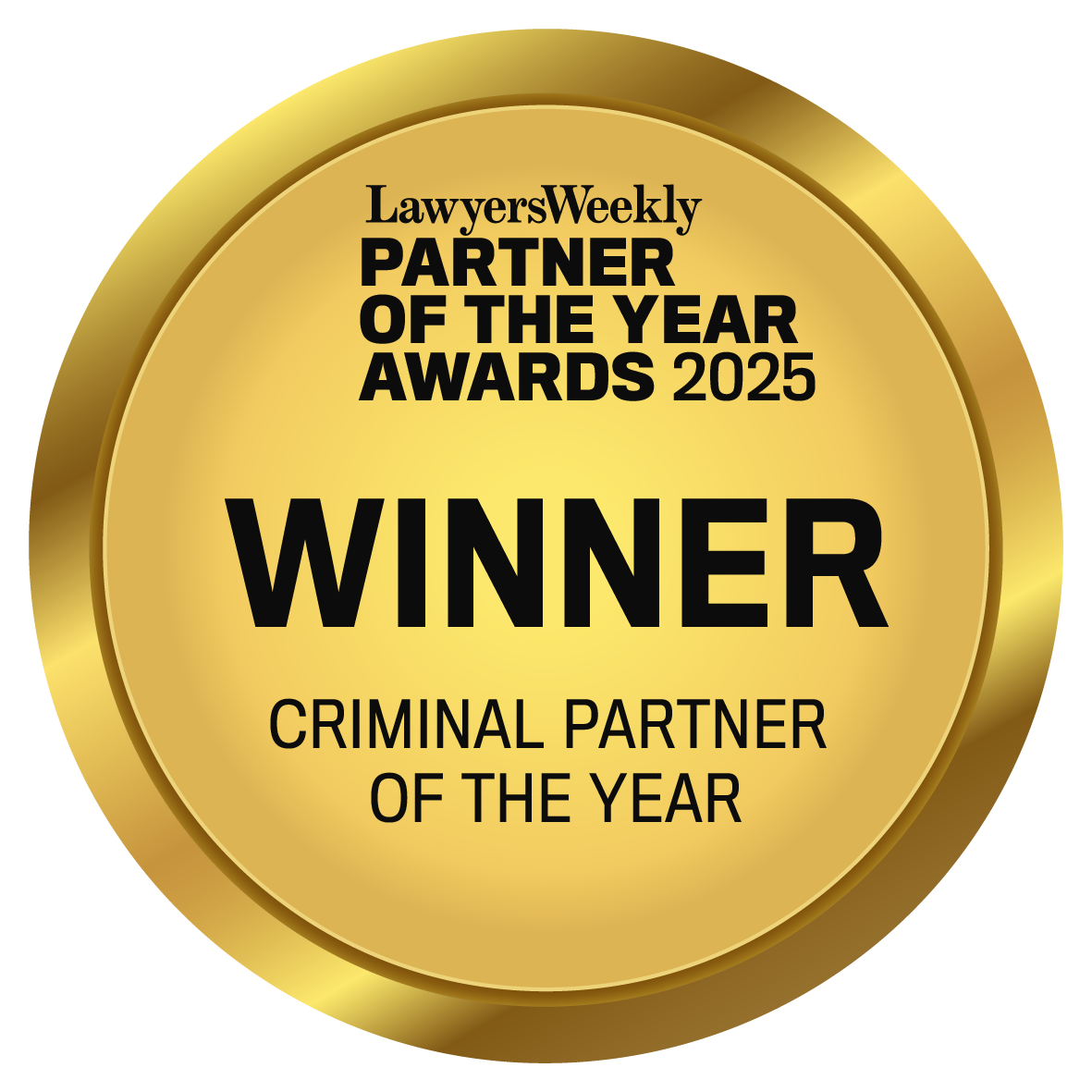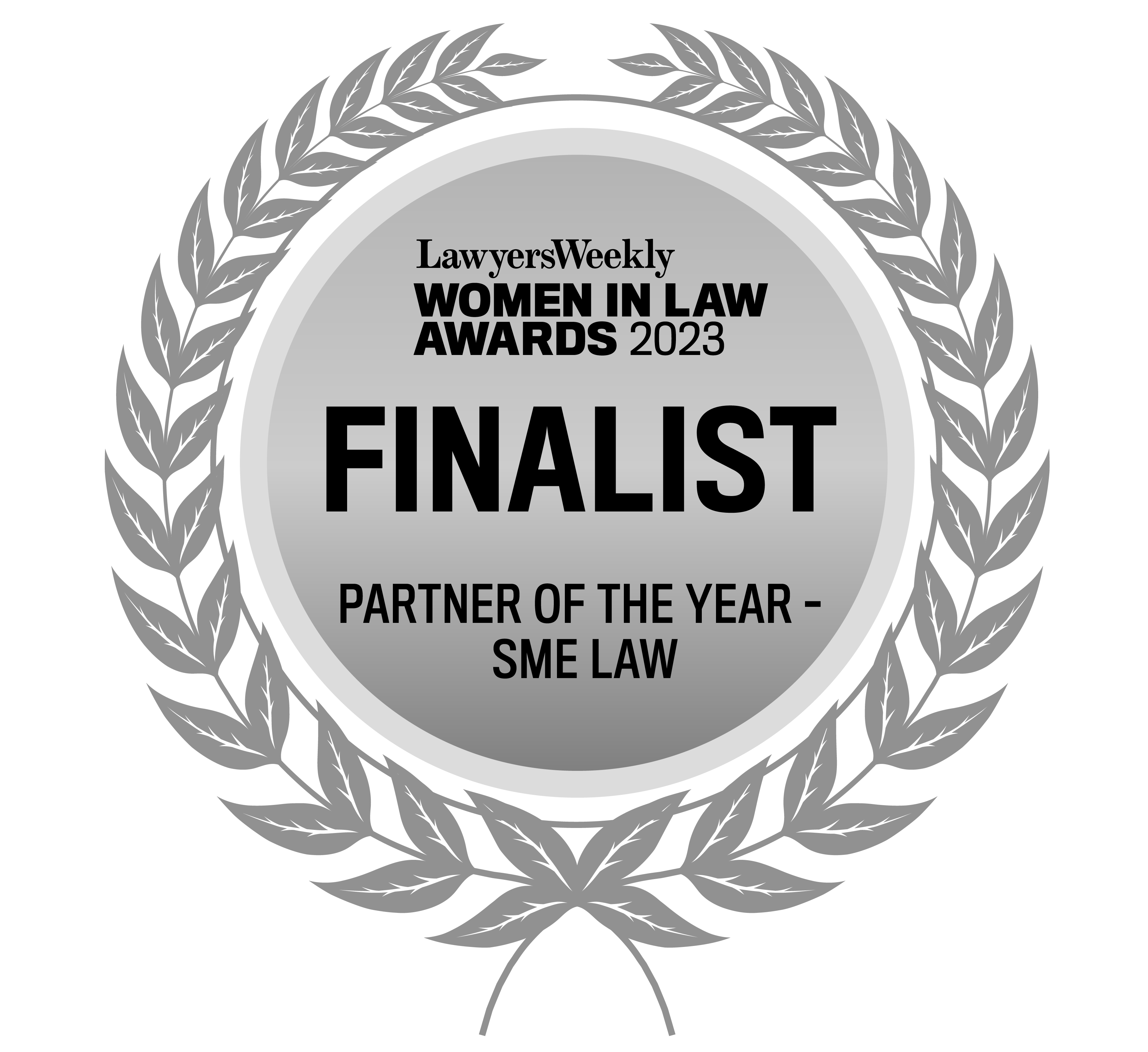
Restrained Property and Expense Orders Under the Criminal Assets Confiscation Act 2005
When a person’s property is restrained under the Criminal Assets Confiscation Act 2005 (SA), it can create significant financial hardship. However, under Section 27, the Court has the power to allow certain expenses to be paid from the restrained property, ensuring thatindividuals can still meet basic financial obligations.
Below, we explain what expenses can be paid from restrained assets, how to apply for an order, and what restrictions apply.
Why Legal Advice is Essential
Applying for an order under Section 27 or 28 involves complex legal procedures, and failing to follow the correct process can result in your application being rejected. Seeking expert legal advice can significantly improve your chances of success.
If you need assistance with a restraining order or an application to release funds, contact Stanley & Co Lawyers at 08 7001 6135.
We offer a complimentary 30-minute, no-obligation consultation to discuss your case and help you take the right steps forward.
Helpful Questions & Answers
Heading 1
Heading 2
Heading 3
Heading 4
Heading 5
Heading 6
Lorem ipsum dolor sit amet, consectetur adipiscing elit, sed do eiusmod tempor incididunt ut labore et dolore magna aliqua. Ut enim ad minim veniam, quis nostrud exercitation ullamco laboris nisi ut aliquip ex ea commodo consequat. Duis aute irure dolor in reprehenderit in voluptate velit esse cillum dolore eu fugiat nulla pariatur.
Block quote
Ordered list
- Item 1
- Item 2
- Item 3
Unordered list
- Item A
- Item B
- Item C
Bold text
Emphasis
Superscript
Subscript
Court Orders for Expenses from Restrained Property
Under Section 27 of the Criminal Assets Confiscation Act 2005, the Court can make an order allowing specific expenses to be paid from property that has been restrained.
This order can be made at the same time the restraining order is imposed or at a later time if financial hardship arises.
What Expenses Can Be Paid?
The Court may approve payments for the following expenses:
- Reasonable living expenses – This includes day-to-day costs for the person whose property is restrained, as well as for any of their dependents.
- Reasonable business expenses – If the person operates a business, essential costs required to keep the business running may be covered.
- Specified debts – Debts incurred in good faith before the restraining order was made can also be paid.
To approve the release of funds, the Court must be satisfied that the individual cannot meet these expenses using other, non-restrained property.
Excluding Property from a Restraining Order
Under Section 28 of the Criminal Assets Confiscation Act 2005, the Court can also exclude certain property from the restraining order for the same reasons as those outlined above.
If you can demonstrate that the restrained property is needed to cover living costs, business expenses, or legitimate debts and that no other assets are available, the Court may remove specific assets from the order.
How to Apply for an Order to Release Funds
To request an order under Section 27 or Section 28, you mustapply to the Court and follow these steps:
- Notify the Director of Public Prosecutions (DPP) in writing – Before making your application, you must inform the DPP in writing.
- Set out the grounds for your application – Clearly state why you need the funds or property released.
- Provide a sworn statement – This must include details of:
- All your financial interests in the restrained property
- Any liabilities or debts you owe
It is crucial to make this application as soon as possible if you are experiencing financial difficulty.
Restrictions on Payment of Legal Costs
It’s important to note that the Court cannot make an order allowing restrained funds to be used for:
- Legal fees related to the confiscation case
- Legalfees associated with any criminal charges
If you are facing legal action, you will need to seek alternative funding to cover your legal costs.
27
Combined Years Of Experience
Awards & Affiliations







.png)




.png)


.png)


.png)



